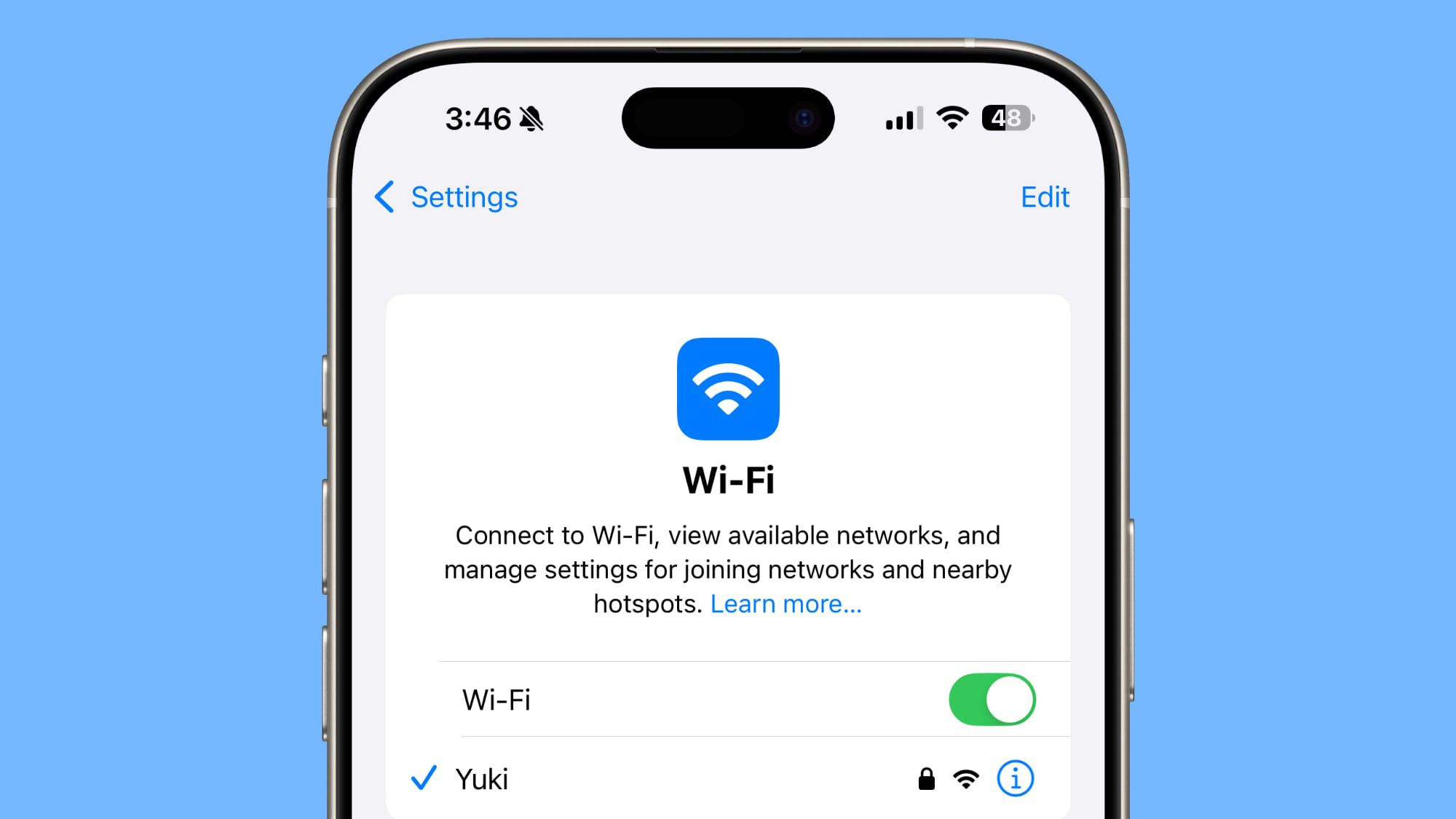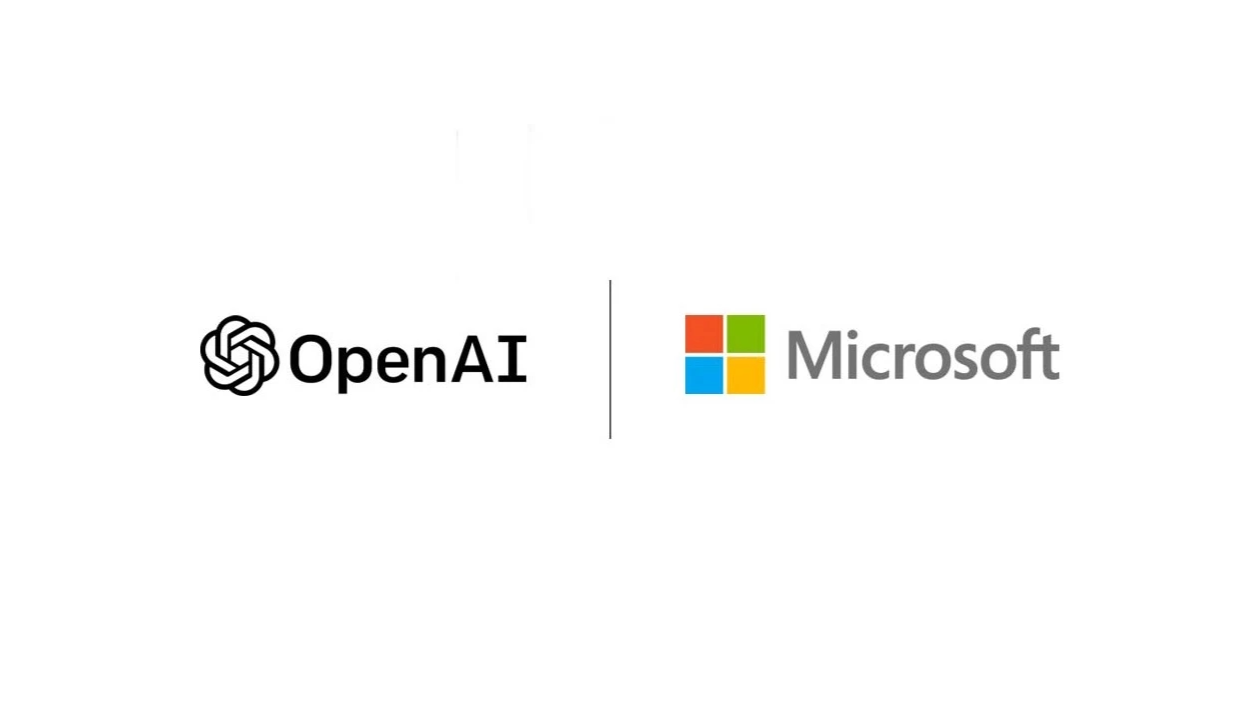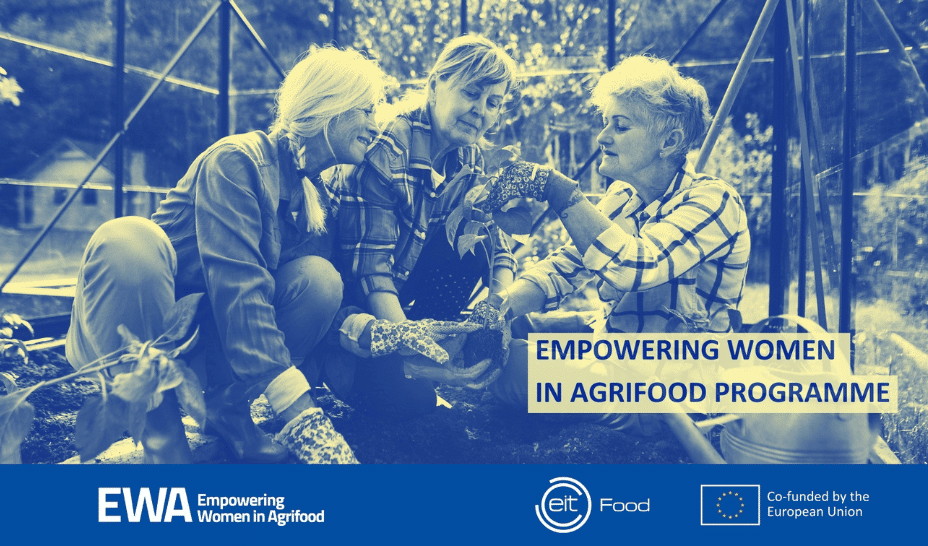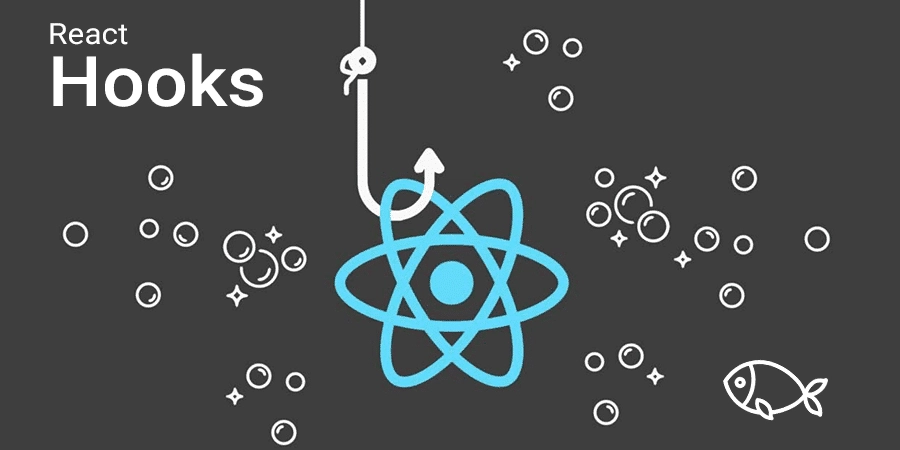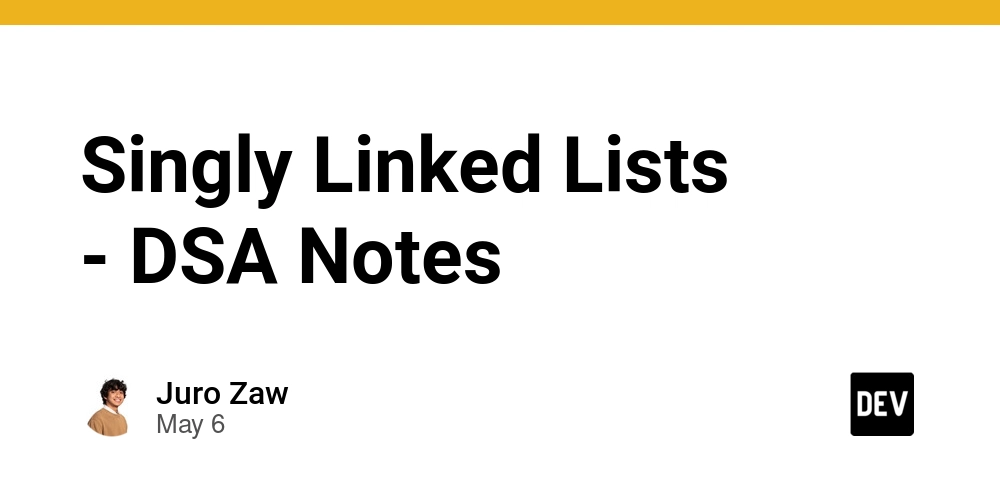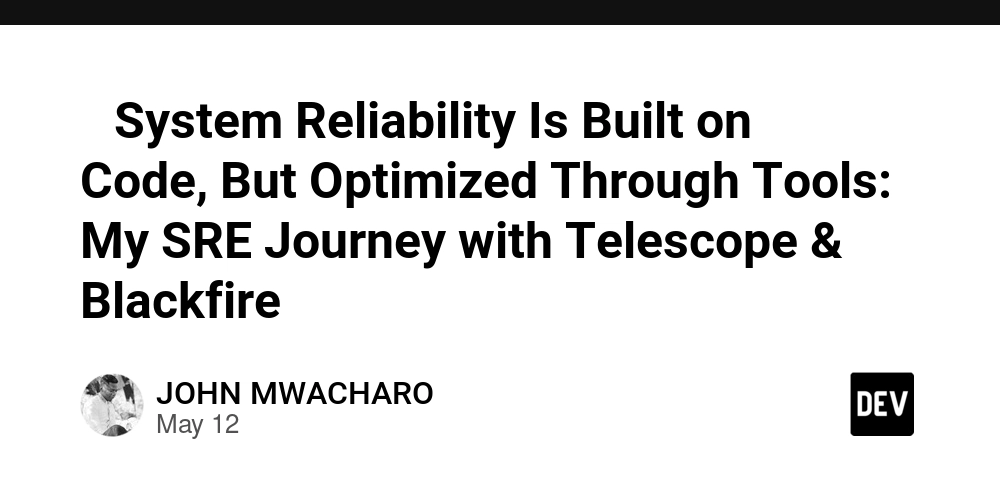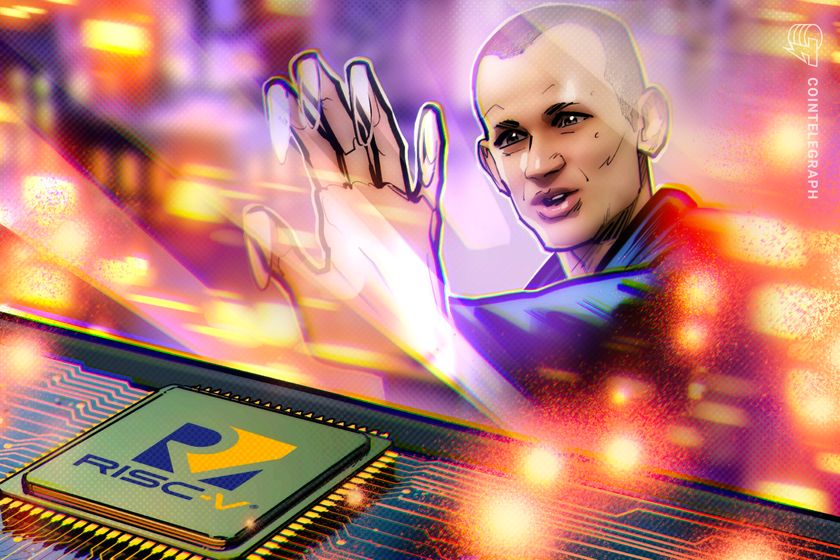Cardano-Java: Unleashing Open Source Innovation in Blockchain
Abstract: This blog post offers a comprehensive exploration of Cardano-Java, a Java client for the Cardano blockchain maintained by Input Output Hong Kong (IOHK). We delve into its open source business model, funding strategies, and vibrant community contributions. With insights into its technical architecture, ecosystem integration, and comparative analysis with other blockchain projects, this article sheds light on the economic impact and future prospects of Cardano-Java. Additionally, we examine how open source funding and community governance drive innovation and provide case studies and practical examples to help you understand its relevance in the broader blockchain landscape. Introduction In the rapidly evolving world of blockchain technology, open source projects have become the cornerstone of innovation. Cardano-Java stands out as an intriguing project for Java developers looking to integrate with the robust Cardano platform. As part of a broader movement that champions MIT licensing, decentralized funding, and active community involvement, Cardano-Java offers a unique insight into how open source software can drive digital transformation. This post is aimed at technical experts and enthusiasts who are keen to understand: The historical context and background of Cardano-Java. The core technical features and its open source ethos. Various funding models driving its continued development. Real-world applications and use cases. Challenges to adoption and future innovations anticipated in the field. Background and Context Cardano-Java is a Java-based client that serves as an interface to the Cardano blockchain. Developed by IOHK, a leader in blockchain research and cryptography, this project leverages decades of research in distributed ledger technology and the fundamentals of open source software. Key elements of Cardano-Java’s background include: Foundation in Research: Rooted in decades of academic and cryptographic research, the Cardano ecosystem is known for its strong proof-of-stake model. MIT Licensing: Adopting the MIT License, Cardano-Java underscores its commitment to openness, minimal restrictions, and global collaboration. Community Driven: A tight-knit developer community shapes its evolution through forums, GitHub contributions, and public workshops. Ecosystem Integration: Designed to interact seamlessly with Cardano nodes, the library supports smart contracts, secure transactions, and decentralized applications (dApps). For more details on IOHK’s mission and research, check out the official IOHK website. Core Concepts and Features Cardano-Java is more than a simple blockchain library; it is an exemplar of modern open source development combined with innovative funding and community engagement. Let’s examine its core technical concepts and features: Technical Architecture The library is designed with a modular and scalable architecture, ensuring: Loose Coupling: Modular components allow for easy integration with other blockchain networks or enterprise applications. API-Driven Design: Developers enjoy a simplified experience using intuitive APIs that manage wallet functionalities, node communication, and smart contract interactions. Robust Security: Built with strong cryptographic primitives, Cardano-Java prioritizes data integrity and secure transaction validation. Here’s a quick table summarizing its core technical features: Feature Description Modular Architecture Enables flexible integration and low coupling between system components. Intuitive APIs Provides an easy-to-use interface for communication with Cardano nodes. MIT Licensed Encourages global collaboration and adaptation thanks to its permissive licensing model. Enhanced Security Implements best practices in cryptography to maintain blockchain integrity. Scalability & Flexibility Supports cross-chain interactions and enterprise-grade solutions for evolving blockchain applications. Funding and Open Source Business Model Cardano-Java’s funding model is as innovative as its code, blending multiple streams to ensure sustainability: Crowdfunding & Micro-Donations: Community members contribute small amounts using blockchain-based platforms, demonstrating grassroots support. Corporate Sponsorship: Companies with vested interests in secure blockchain solutions often sponsor the project, guaranteeing long-term financial stability. Grant Funding and Research Support: Non-profits and government agencies provide grants to foster innovation, aligning with broader public research initiatives. Tokenization Strategies: Although primarily an MIT licensed project, exploratory tokenization approaches are being considered to bootstrap further financial independence. For an in-depth look at open source funding strategies, refer to Open Source Funding for Open Source Software. Community and Developer Ecosystem The success o

Abstract:
This blog post offers a comprehensive exploration of Cardano-Java, a Java client for the Cardano blockchain maintained by Input Output Hong Kong (IOHK). We delve into its open source business model, funding strategies, and vibrant community contributions. With insights into its technical architecture, ecosystem integration, and comparative analysis with other blockchain projects, this article sheds light on the economic impact and future prospects of Cardano-Java. Additionally, we examine how open source funding and community governance drive innovation and provide case studies and practical examples to help you understand its relevance in the broader blockchain landscape.
Introduction
In the rapidly evolving world of blockchain technology, open source projects have become the cornerstone of innovation. Cardano-Java stands out as an intriguing project for Java developers looking to integrate with the robust Cardano platform. As part of a broader movement that champions MIT licensing, decentralized funding, and active community involvement, Cardano-Java offers a unique insight into how open source software can drive digital transformation.
This post is aimed at technical experts and enthusiasts who are keen to understand:
- The historical context and background of Cardano-Java.
- The core technical features and its open source ethos.
- Various funding models driving its continued development.
- Real-world applications and use cases.
- Challenges to adoption and future innovations anticipated in the field.
Background and Context
Cardano-Java is a Java-based client that serves as an interface to the Cardano blockchain. Developed by IOHK, a leader in blockchain research and cryptography, this project leverages decades of research in distributed ledger technology and the fundamentals of open source software.
Key elements of Cardano-Java’s background include:
- Foundation in Research: Rooted in decades of academic and cryptographic research, the Cardano ecosystem is known for its strong proof-of-stake model.
- MIT Licensing: Adopting the MIT License, Cardano-Java underscores its commitment to openness, minimal restrictions, and global collaboration.
- Community Driven: A tight-knit developer community shapes its evolution through forums, GitHub contributions, and public workshops.
- Ecosystem Integration: Designed to interact seamlessly with Cardano nodes, the library supports smart contracts, secure transactions, and decentralized applications (dApps).
For more details on IOHK’s mission and research, check out the official IOHK website.
Core Concepts and Features
Cardano-Java is more than a simple blockchain library; it is an exemplar of modern open source development combined with innovative funding and community engagement. Let’s examine its core technical concepts and features:
Technical Architecture
The library is designed with a modular and scalable architecture, ensuring:
- Loose Coupling: Modular components allow for easy integration with other blockchain networks or enterprise applications.
- API-Driven Design: Developers enjoy a simplified experience using intuitive APIs that manage wallet functionalities, node communication, and smart contract interactions.
- Robust Security: Built with strong cryptographic primitives, Cardano-Java prioritizes data integrity and secure transaction validation.
Here’s a quick table summarizing its core technical features:
| Feature | Description |
|---|---|
| Modular Architecture | Enables flexible integration and low coupling between system components. |
| Intuitive APIs | Provides an easy-to-use interface for communication with Cardano nodes. |
| MIT Licensed | Encourages global collaboration and adaptation thanks to its permissive licensing model. |
| Enhanced Security | Implements best practices in cryptography to maintain blockchain integrity. |
| Scalability & Flexibility | Supports cross-chain interactions and enterprise-grade solutions for evolving blockchain applications. |
Funding and Open Source Business Model
Cardano-Java’s funding model is as innovative as its code, blending multiple streams to ensure sustainability:
- Crowdfunding & Micro-Donations: Community members contribute small amounts using blockchain-based platforms, demonstrating grassroots support.
- Corporate Sponsorship: Companies with vested interests in secure blockchain solutions often sponsor the project, guaranteeing long-term financial stability.
- Grant Funding and Research Support: Non-profits and government agencies provide grants to foster innovation, aligning with broader public research initiatives.
- Tokenization Strategies: Although primarily an MIT licensed project, exploratory tokenization approaches are being considered to bootstrap further financial independence.
For an in-depth look at open source funding strategies, refer to Open Source Funding for Open Source Software.
Community and Developer Ecosystem
The success of Cardano-Java is tightly interwoven with its dynamic community:
- Active Forums: Developers and enthusiasts discuss new features and challenges, sparking collaboration.
- Transparent Contribution Processes: Every code contribution is visible on GitHub with rigorous peer reviews.
- Educational Outreach: Workshops, webinars, and tutorials enable novice developers to contribute and grow their skills.
- Collaborative Governance: Community members help direct the project’s future through open proposals and discussions.
A bullet list illustrating key community engagement strategies:
- Developer Meetups
- Hackathons and Workshops
- Online Discussion Forums
- Peer Review and Code Audits
- Open Feature Proposal Platforms
For insights on effective open source developer sponsorship, see this open source project sponsorship tips article.
Applications and Use Cases
Cardano-Java’s flexibility opens up a myriad of practical applications across various domains. Here are two key examples:
1. Decentralized Finance (DeFi) Applications
- Smart Contract Deployment: Developers can build and deploy smart contracts on the Cardano network with ease via Cardano-Java.
- Secure Transaction Management: Enterprises can integrate this library to ensure efficient and secure processing of financial transactions.
- Interoperability: Cardano-Java’s modular design allows easy integration with other DeFi platforms, similar to how projects like Doodles NFT Collection leverage blockchain interoperability.
2. Enterprise-Grade dApps
- Custom dApps Development: Businesses in sectors such as supply chain, healthcare, and education can create specialized decentralized applications.
- Security & Compliance: With robust security features, Cardano-Java ensures that sensitive data remains safe.
- Cross-chain Capabilities: Future integration with other blockchain networks enhances the potential of enterprise applications, akin to decentralized funding strategies explored in Get Gems NFT Marketplace.
Additionally, the decentralized approach to funding and community contributions where technology meets business needs is creating niches in blockchain and NFT integrations.
Challenges and Limitations
While Cardano-Java is a trailblazer, it faces several challenges typical of emerging open source projects:
Technical Challenges
- Scalability Concerns: As user adoption grows, ensuring seamless cross-chain transactions and modular updates can be challenging.
- Security Threats: The dynamic nature of blockchain technology demands constant vigilance against evolving cybersecurity threats.
- Integration Complexity: While modular design aids flexibility, integrating with diverse systems may require additional middleware solutions.
Adoption and Ecosystem Issues
- Market Penetration: Being a lesser-known library, Cardano-Java must work hard to establish trust amidst competing blockchain solutions.
- Community Coordination: As with many open source projects, orchestrating contributions from a globally distributed team can sometimes slow down decision-making.
- Funding Volatility: Relying on diverse funding streams presents risks, particularly in times of economic downturn or decreased corporate sponsorship interest.
For a more detailed analysis on funding challenges in blockchain projects, read Open Source Funding: Best Practices and Challenges.
Future Outlook and Innovations
Looking ahead, Cardano-Java is poised for further evolution, bolstered by both technical innovation and proactive community support.
Emerging Trends and Future Directions
- Enhanced Cross-Chain Solutions: Future updates might include sophisticated APIs and middleware to facilitate seamless interoperability between different blockchain protocols.
- Improved Developer Tools: Continued refinement of tools and documentation will lower the barrier to entry, accelerating developer adoption.
- Decentralized Governance: Integration of on-chain governance mechanisms could empower the community to make faster, more democratic decisions.
- Expanding Ecosystem Collaborations: Partnerships with other innovative projects and funding models—such as token-based funding explored in Zed Run NFT Collection—will help sustain and grow the ecosystem.
Innovations on the Horizon
- Advanced Security Protocols: With increasing regulatory scrutiny, Cardano-Java is expected to integrate state-of-the-art security measures alongside continuous audits.
- Blockchain Adoption in Emerging Markets: As blockchain technology gains traction worldwide, Cardano-Java is set to empower regions looking for cost-effective, secure digital solutions.
- Open Source Funding Mechanisms: Implementation of innovative models such as tokenized sponsorships or decentralized crowdfunding initiatives may drive further financial independence.
For additional perspectives on funding blockchain projects with decentralized methods, refer to Open Source Funding for Blockchain Projects.
Additional Insights from Dev.to Contributors
Exploring open source projects and their sustainability, several Dev.to posts offer enriching perspectives:
- Arbitrum and Transaction Batching: Revolutionizing the Ethereum Landscape highlights the technological improvements in scalability.
- Funding Open Source Software: Sustaining the Backbone of Modern Digital Innovation provides insights into effective funding models, echoing many practices observed in Cardano-Java.
- Navigating Open Source Funding Strategies deep dives into the practical aspects and challenges of securing long-term financial viability through community-driven initiatives.
Summary and Concluding Thoughts
Cardano-Java is a shining example of how open source, community-driven projects can drive innovation in the blockchain space. By fusing a robust technical foundation with a diversified funding strategy and active community engagement, it addresses many of the challenges of modern decentralized systems.
Key takeaways include:
- Technical Excellence: Its modular architecture, intuitive APIs, and security-first design make it a compelling tool for developers.
- Innovative Funding: Cardano-Java’s funding methods—ranging from micro-donations and corporate sponsorships to grants—ensure sustainable growth.
- Community Power: An engaged, transparent community is integral to its continued evolution and resilience.
- Future Prospects: With potential improvements in cross-chain interoperability, advanced security protocols, and decentralized governance, Cardano-Java is set to thrive in an increasingly competitive blockchain ecosystem.
As blockchain technology continues to reshape industries, projects like Cardano-Java illustrate the importance of combining technical rigor with transparent, community-led development. Whether you are an enterprise seeking to integrate blockchain into your systems or a developer eager to contribute to next-generation dApps, Cardano-Java presents an excellent platform to build upon.
For those who want to delve deeper into the technical and community aspects of reduced-scale yet innovative blockchain libraries, the original article on Cardano-Java provides a rich source of information, complementing the insights shared here.
Final Thoughts
Cardano-Java embodies the core principles of open source collaboration, financial sustainability, and technical innovation. By adopting an MIT License, incorporating diverse funding models, and maintaining a robust community, it paves the way for future innovations in blockchain. As we anticipate advancements in cross-chain capabilities and decentralized governance, projects like Cardano-Java are essential in setting industry benchmarks and inspiring other developers to harness the true potential of open source technology.
Stay tuned to authoritative resources like IOHK and explore related projects such as the Doodles NFT Collection and Zed Run NFT Collection for additional insights into how decentralized funding and community governance are transforming the blockchain landscape.
Keywords used: Cardano-Java, open source funding, MIT license, blockchain technology, decentralized applications, smart contracts, community governance, technical innovation, API integration, cross-chain interoperability.












































































































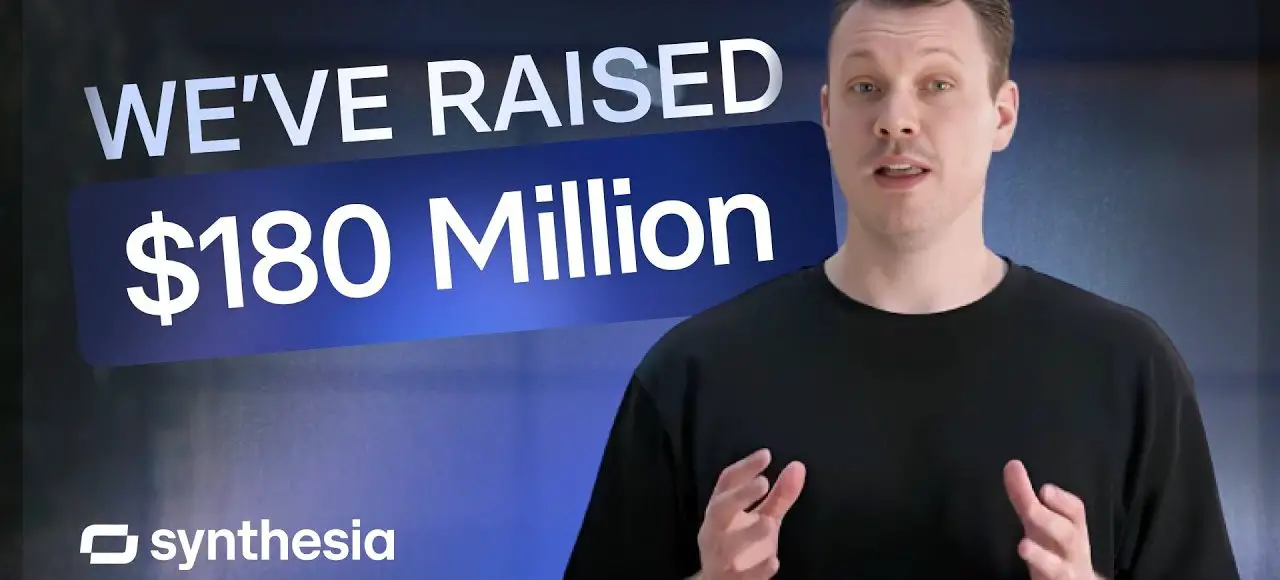





















































![[The AI Show Episode 145]: OpenAI Releases o3 and o4-mini, AI Is Causing “Quiet Layoffs,” Executive Order on Youth AI Education & GPT-4o’s Controversial Update](https://www.marketingaiinstitute.com/hubfs/ep%20145%20cover.png)














































































































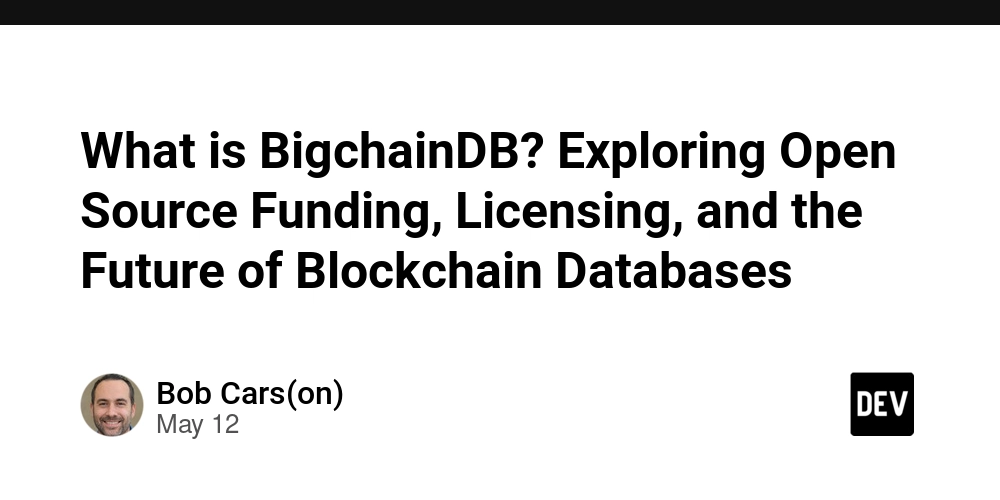















![[DEALS] Internxt Cloud Storage Lifetime Subscription: 10TB Plan (88% off) & Other Deals Up To 98% Off – Offers End Soon!](https://www.javacodegeeks.com/wp-content/uploads/2012/12/jcg-logo.jpg)
![Ditching a Microsoft Job to Enter Startup Purgatory with Lonewolf Engineer Sam Crombie [Podcast #171]](https://cdn.hashnode.com/res/hashnode/image/upload/v1746753508177/0cd57f66-fdb0-4972-b285-1443a7db39fc.png?#)
















































.png?width=1920&height=1920&fit=bounds&quality=70&format=jpg&auto=webp#)


















































































































































































![Federal ‘click to cancel subscriptions’ rule delayed, may be weakened [U]](https://i0.wp.com/9to5mac.com/wp-content/uploads/sites/6/2024/10/Federal-click-to-cancel-subscriptions-rule-is-ratified.jpg?resize=1200%2C628&quality=82&strip=all&ssl=1)




![What Google Messages features are rolling out [May 2025]](https://i0.wp.com/9to5google.com/wp-content/uploads/sites/4/2023/12/google-messages-name-cover.png?resize=1200%2C628&quality=82&strip=all&ssl=1)
![[Fixed] Gemini 2.5 Flash missing file upload for free app users](https://i0.wp.com/9to5google.com/wp-content/uploads/sites/4/2025/03/google-gemini-workspace-1.jpg?resize=1200%2C628&quality=82&strip=all&ssl=1)












![So your [expletive] test failed. So [obscene participle] what?](https://regmedia.co.uk/2016/08/18/shutterstock_mobile_surprise.jpg)
![Apple Shares 'Last Scene' Short Film Shot on iPhone 16 Pro [Video]](https://www.iclarified.com/images/news/97289/97289/97289-640.jpg)
![Apple M4 MacBook Air Hits New All-Time Low of $824 [Deal]](https://www.iclarified.com/images/news/97288/97288/97288-640.jpg)
![An Apple Product Renaissance Is on the Way [Gurman]](https://www.iclarified.com/images/news/97286/97286/97286-640.jpg)
![Apple to Sync Captive Wi-Fi Logins Across iPhone, iPad, and Mac [Report]](https://www.iclarified.com/images/news/97284/97284/97284-640.jpg)









































